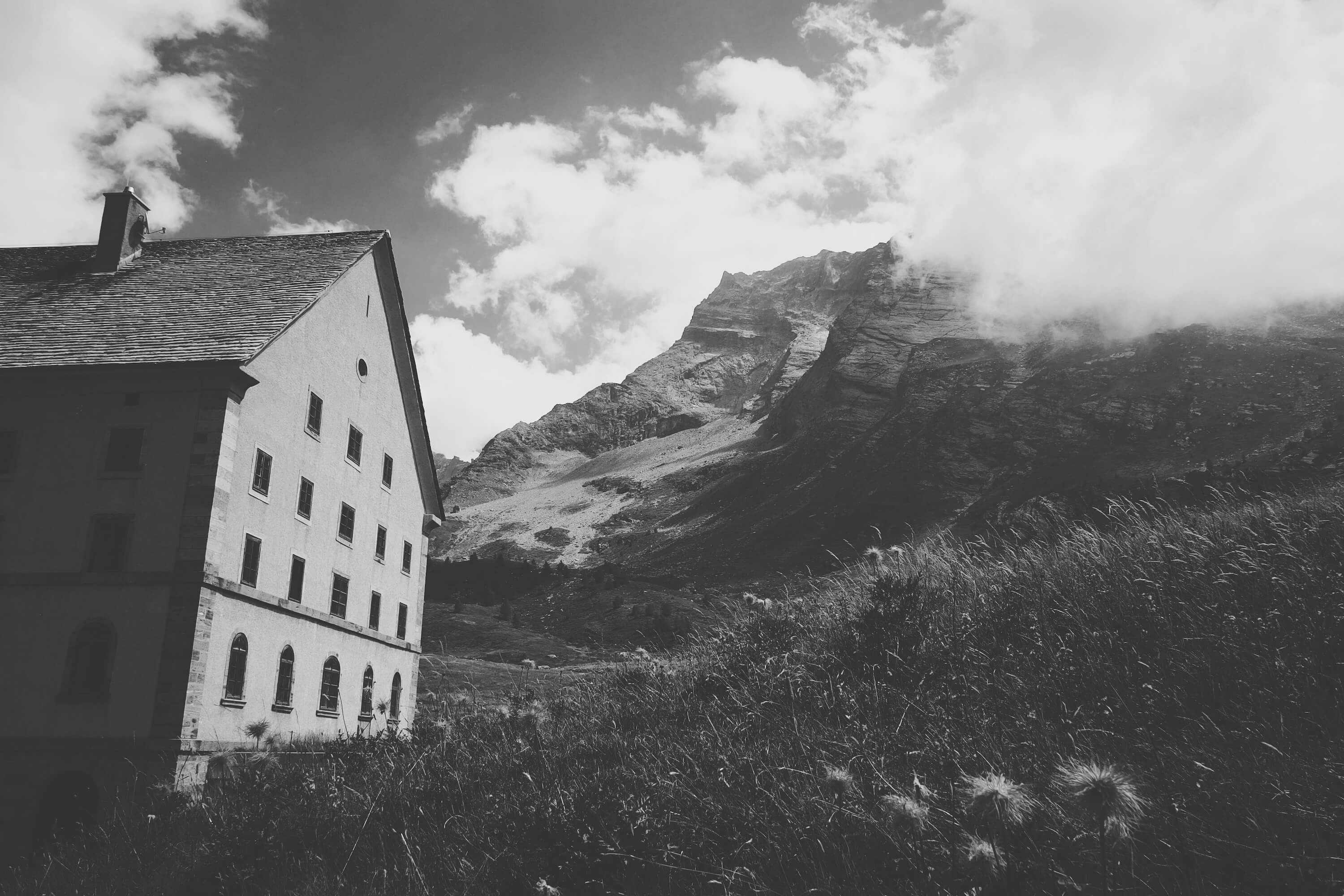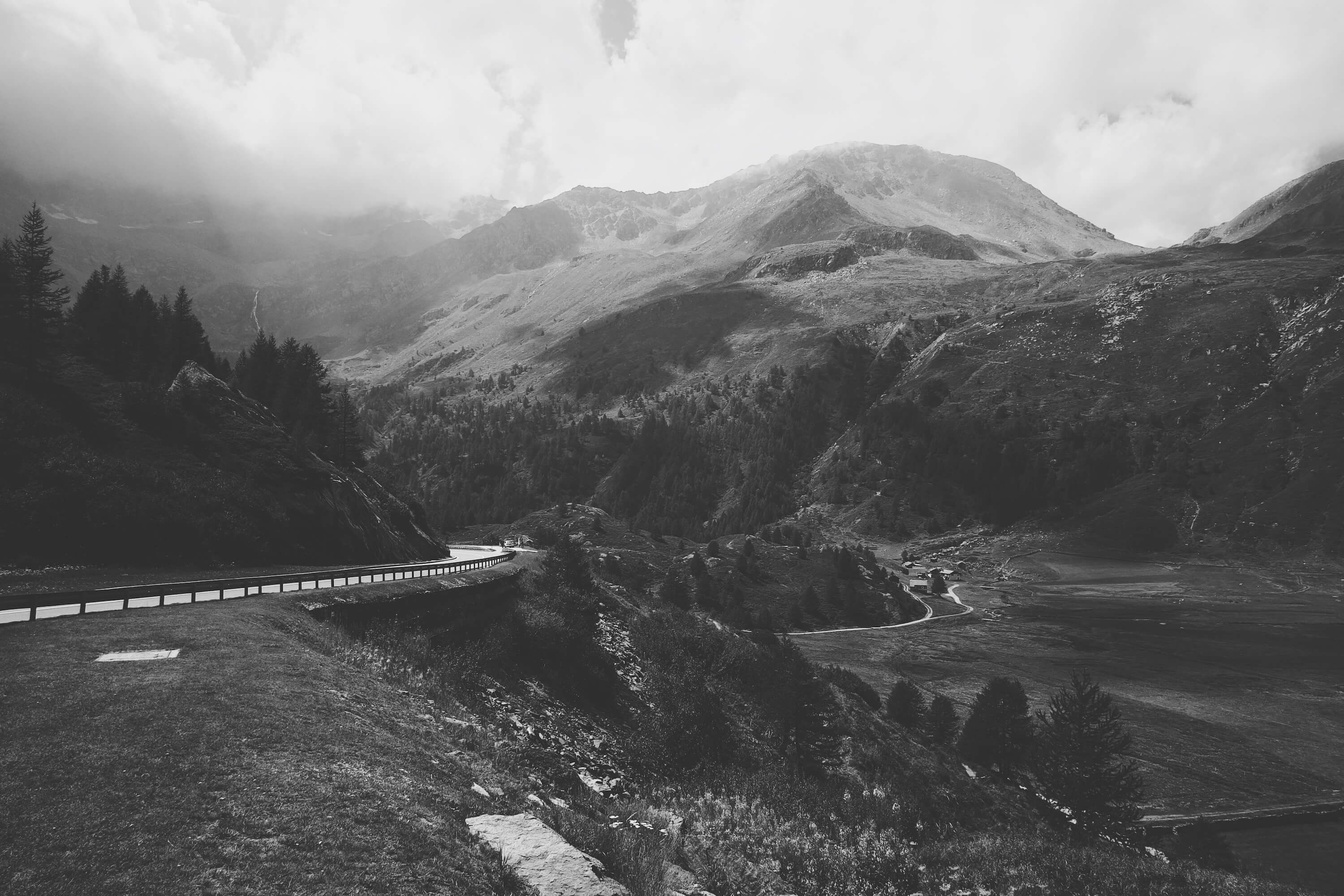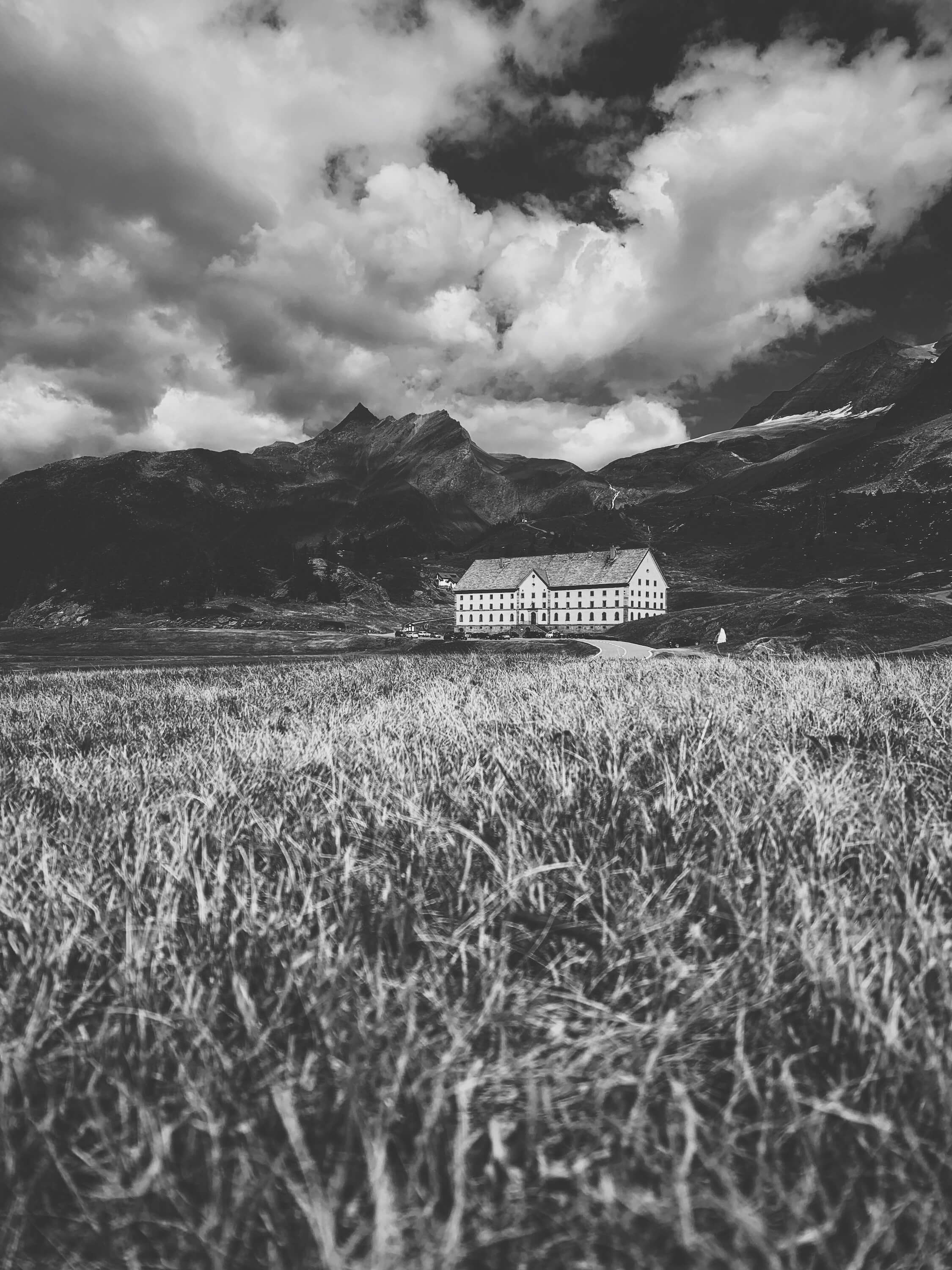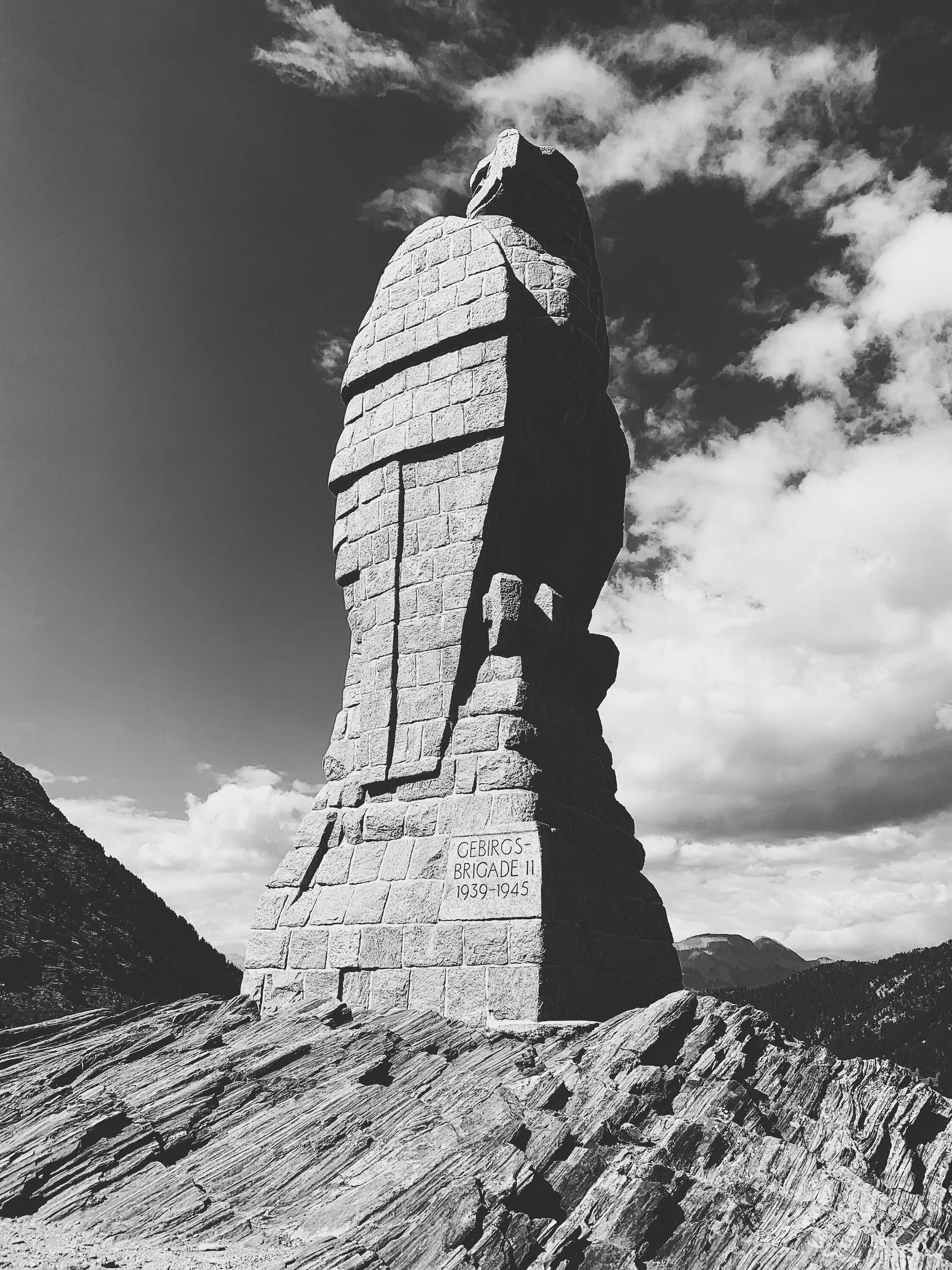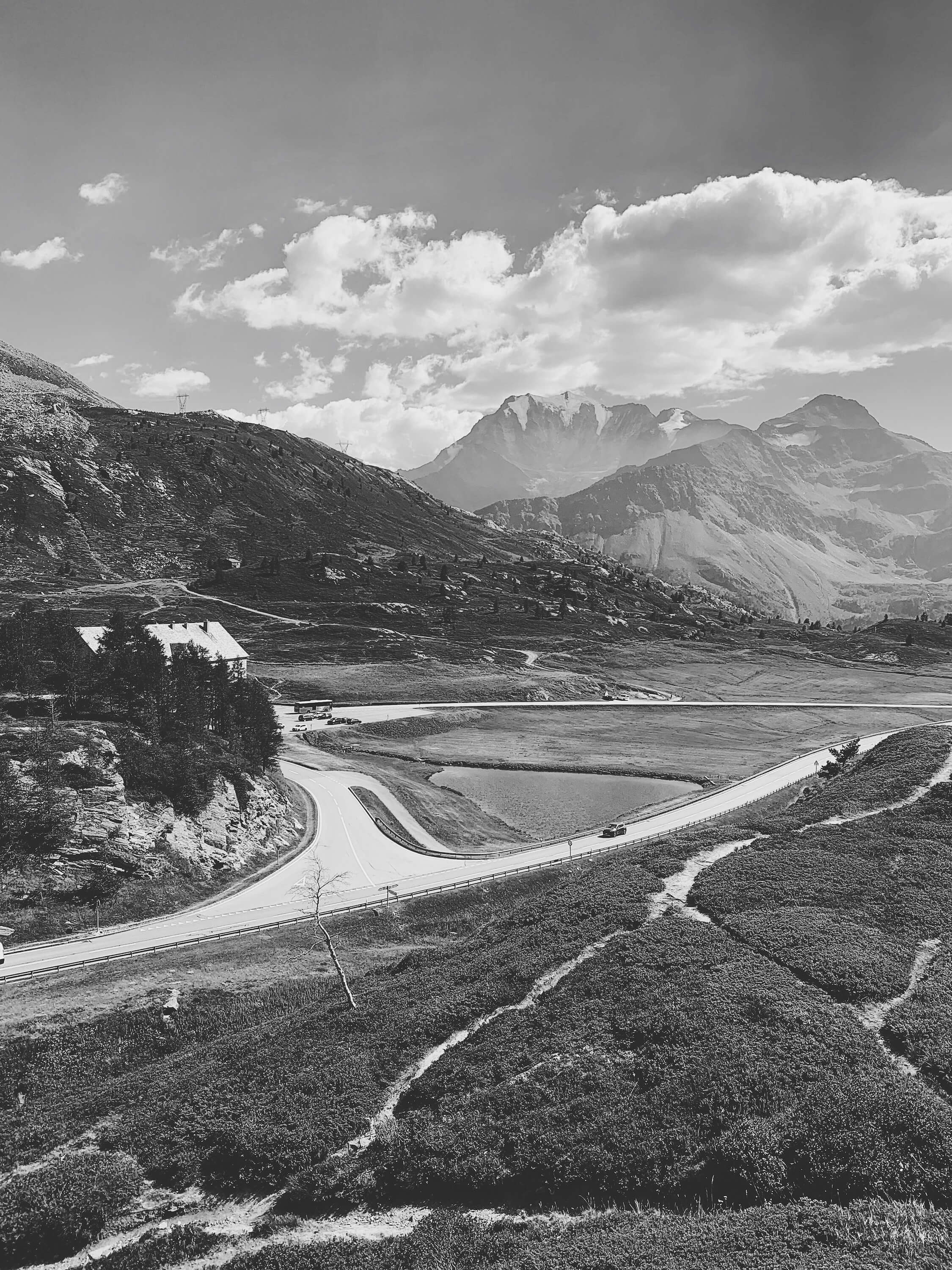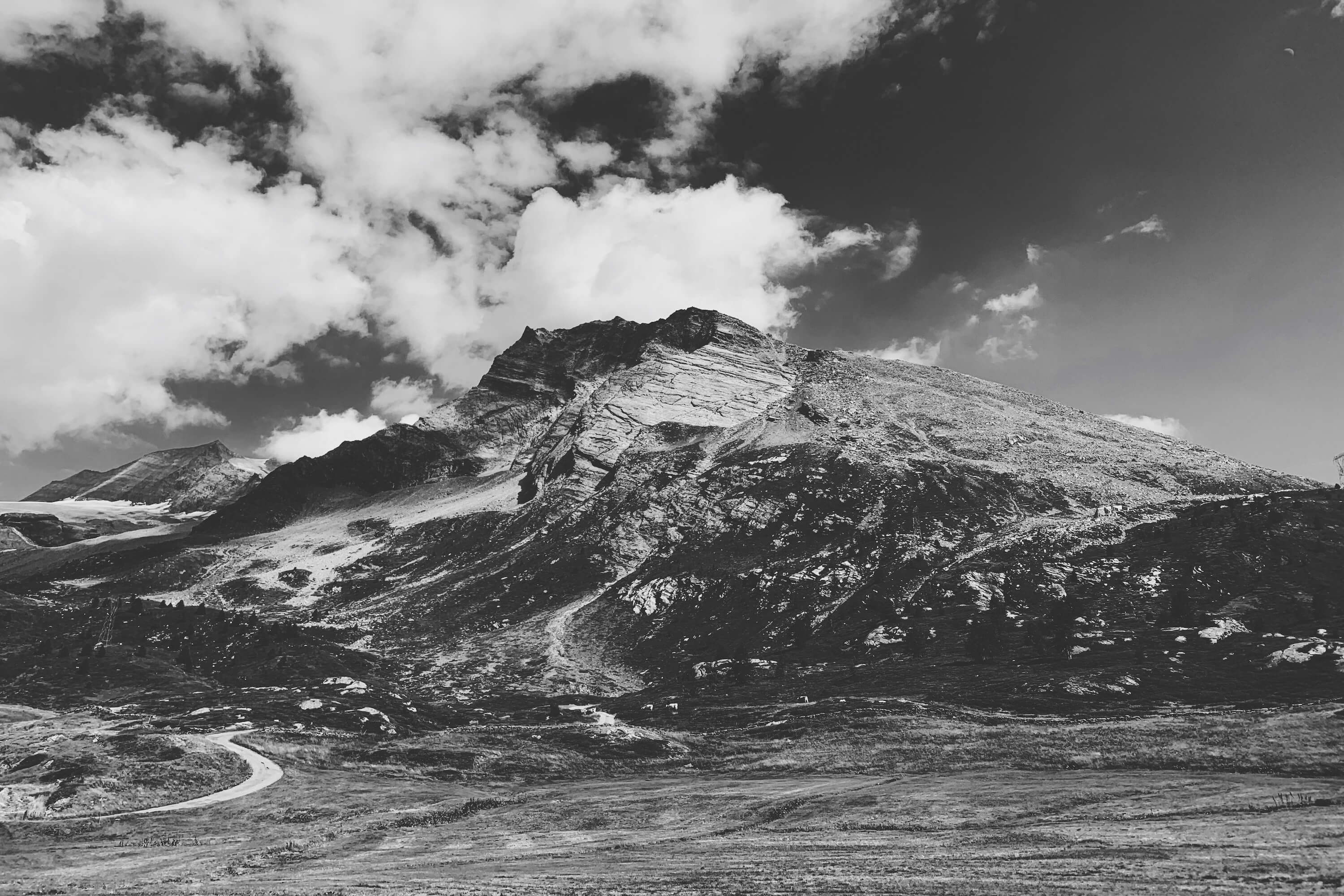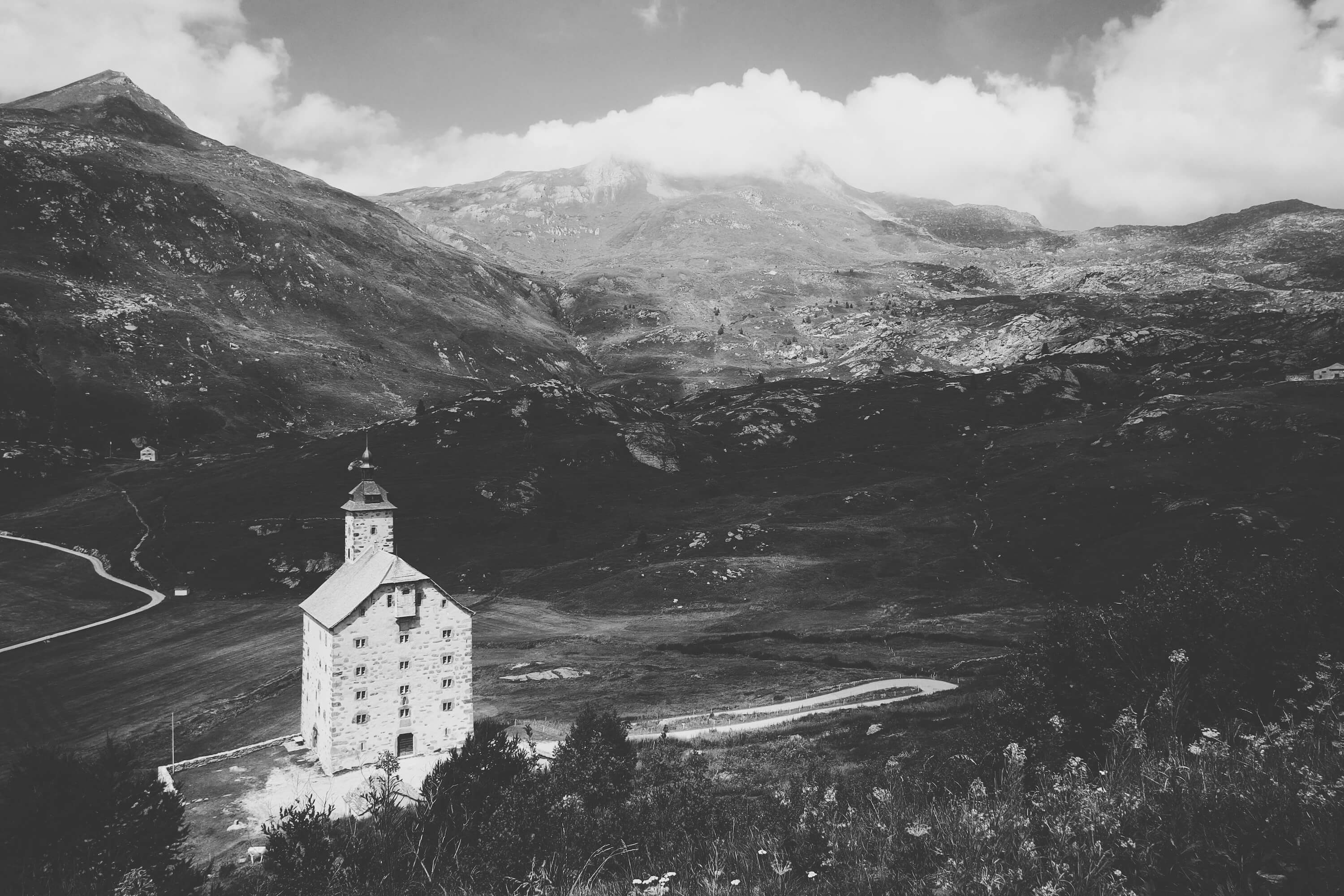The Simplon pass came about partly thanks the neighbouring Col du Grand St.Bernard. The Simplon's lower altitude and improved climate made it more appealing to Napoleon Bonaparte who wanted to move his armies and their supplies between Switzerland and Italy and invested in its development. The pass opened in 1805 by which point Napoleon was busy fighting to the North and never had much use for it. After Napoleon came a local entrepreneur and politician Kasper Stockalper. He took the route smugglers and emperors pioneered and invested his substantial wealth to build it into the trade route it is today.
The original route, now known as the Via Stockalper is still traversed by walkers on a two-day hike from Brig to Gondo. The old route also features a secret underground fortress built around 100 years ago, designed to stop any enemy advances through the narrow valley of Gondo and used through the World Wars. Declassified in the 90s, tours of the facility are available.
The pass starts in Brig, the home of Stockalper where you will find the lavish Stockalper Palace in its centre. The climb from Brig takes you out of the valley on a dual carriageway to the splendid Ganter Bridge, where the road returns to a single carriageway.
The road is not the hairpin-festooned tarmac common to many passes, hence its popularity with lorries and Emperors. The road is smooth without a steep gradient and the arrival at the summit is usually quick and efficient. Watching over the pass is an eight-metre-high stone eagle - the emblem of the Swiss Army Frontier Brigade, which guarded the border during World War II. The monument is made of roughly hewn rubble and was sculpted by Erwin-Friedrich Baumann. It was inaugurated at the end of the war on September 10th 1944 and today makes for a powerful symbol with its mountain backdrop.
Amongst the many buildings at the top is a hostel commissioned by Napoleon and finished and run by the same order as the hostels on the two St.Bernard passes. In its heyday, it could accommodate 300 people and remains the largest hostel on any of the alpine passes. It still operates today with accommodation for up to 130 guests. Walking around the hostel the views are wide and spectacular. Just south of the summit is a beautiful alpine plateau with the old hostel (Alter Spittel), at its heart. Renovated during the 17th century by Stockalper, the hostel was supplanted by Napoleon and his newer one. In the distance, the Boshorn and Fletschorn peaks make this an outstanding view.
The descent into Italy is a smooth and fast with open curves and good visibility but speed limits and lorries mean you are braking all the way. You can leave the main road and pick up some smaller roads until you reach the Gondo gorge where the valley narrows enough to make even the Romans think it was impassable. The village of Gondo marks the border with Italy.
In the liberty of the mountain rises a powerful hard granite monument: A memorial of duty faithfully performed, an exhortation to be always zealous and vigilant for our freedomINSCRIPTION ON THE EAGLE STATUE
